Biobanking Database - In Development
To maximise the potential of biobanking, standardised sampling procedures and preservation techniques need to be developed, and stored samples should be supported by an accessible database. Many museums store animal material and university laboratories and zoos have collections of tissue, DNA, banks of cells and gametes, mostly used for research purposes. However, many tissue collections are not in a form suitable for the long-term preservation of undamaged DNA and the role of cryopreserved biomaterial in UK conservation programmes has been growing. The Frozen Ark and its partner biobanks receive a high volume of requests for samples, but none possess the infrastructure to actively quantify this demand, emphasising the current lack of organisational infrastructure in many collections.
The importance of high-quality samples has become increasingly clear with the explosion of comparative genomics studies and the corresponding need for high-quality tissue. Such tissue is now becoming vital for producing genome sequences for the world’s animal species, which require the use of new technologies and DNA sequencing approaches that require very high-quality DNA. These advances have meant that demand for high-quality DNA samples is increasing exponentially.
In 2014, the Nagoya Protocol for access and benefit sharing of genetic resources was implemented by the United Nations. This protocol was designed to stop developing countries losing out when genetic material from species within their border was used to develop, for example, new anti-cancer drugs. Unfortunately, it subsequently further complicated accessibility of the collections for the UK, as it has stopped much of the movement of genetic materials across borders. As a consequence, the UK needs to develop its own genetic banks for endangered animal species.
Implementation of a common database, detailing DNA and specimens, built through cooperation amongst institutions is essential on an ongoing basis.

